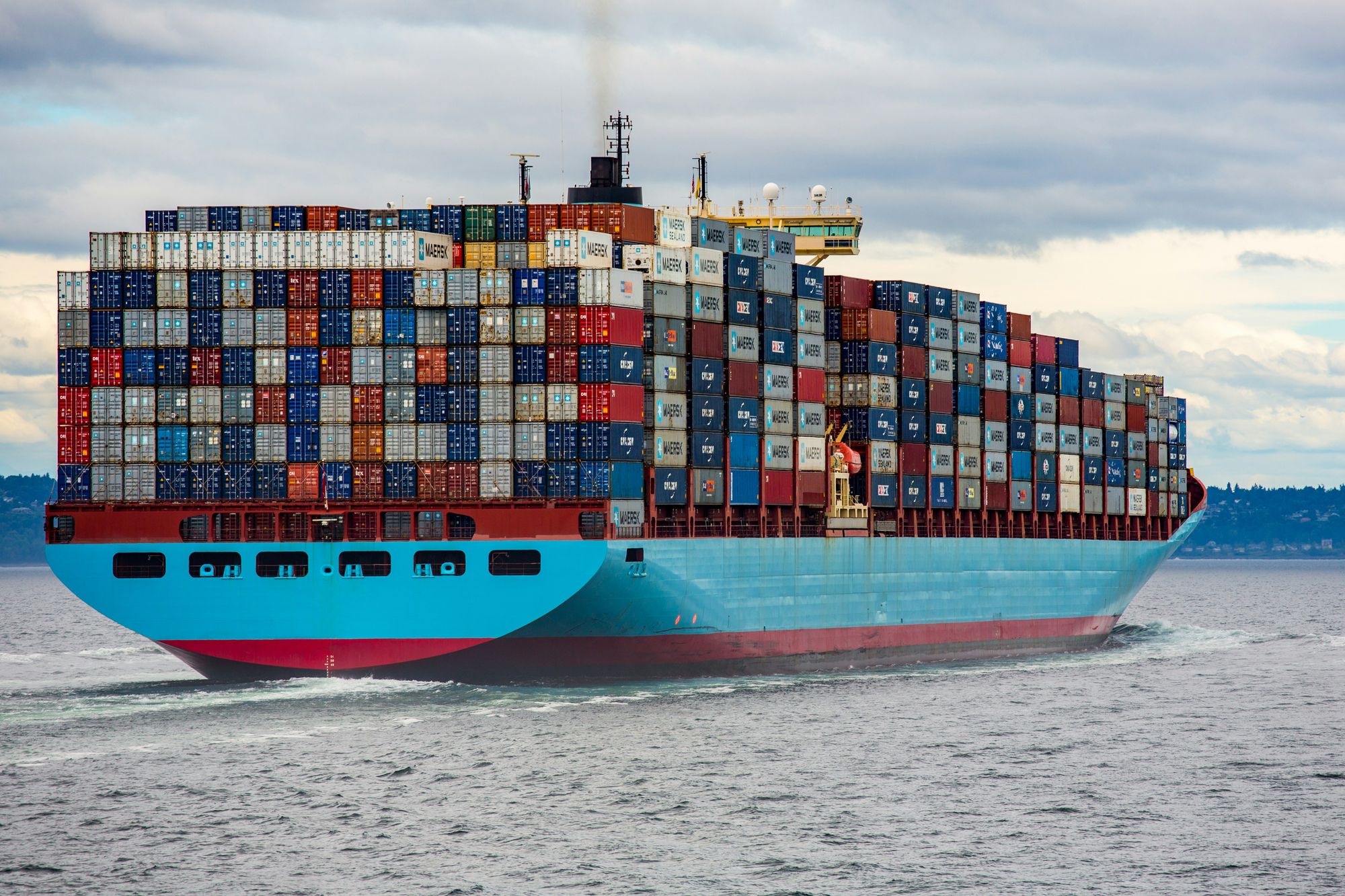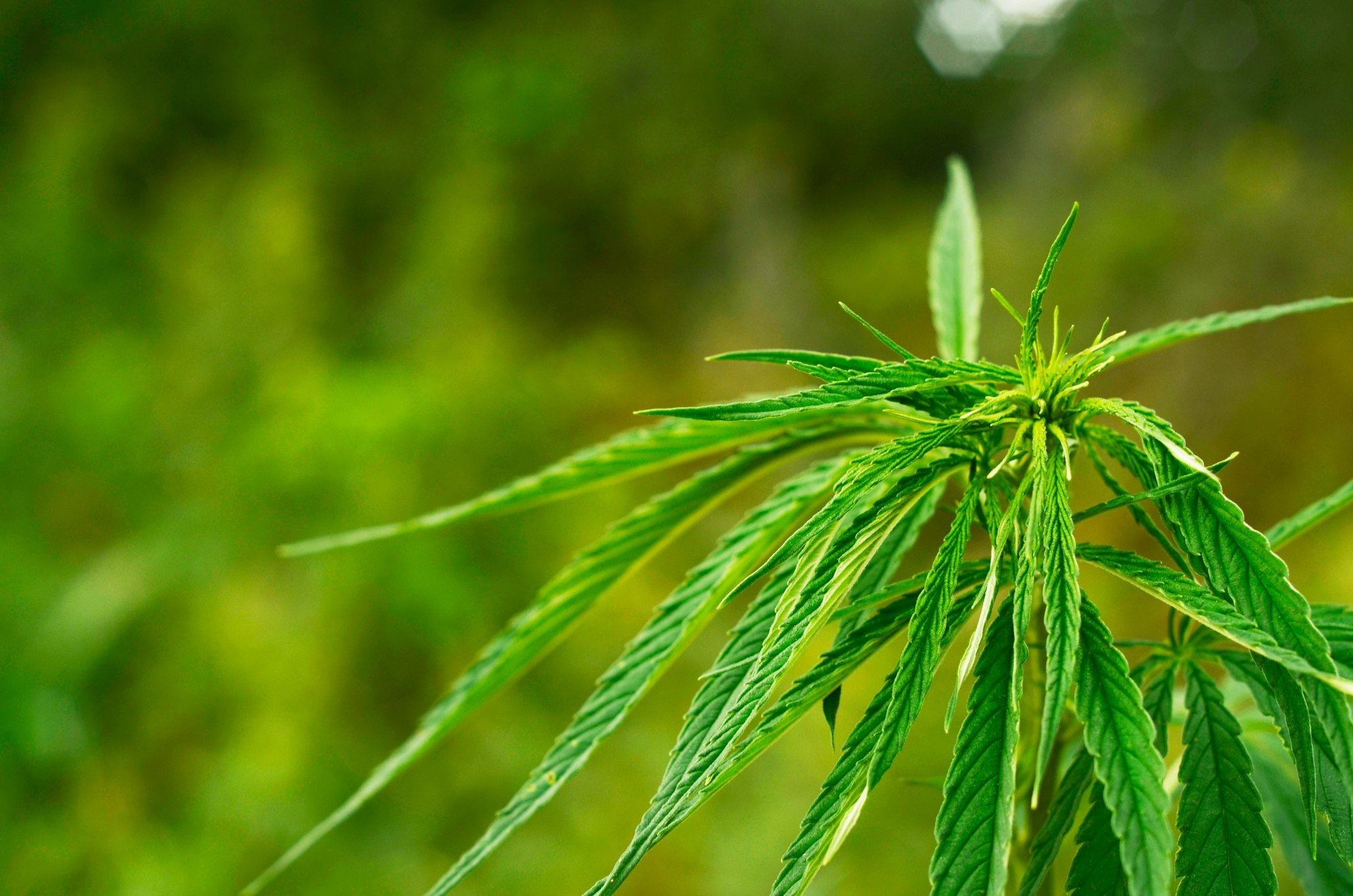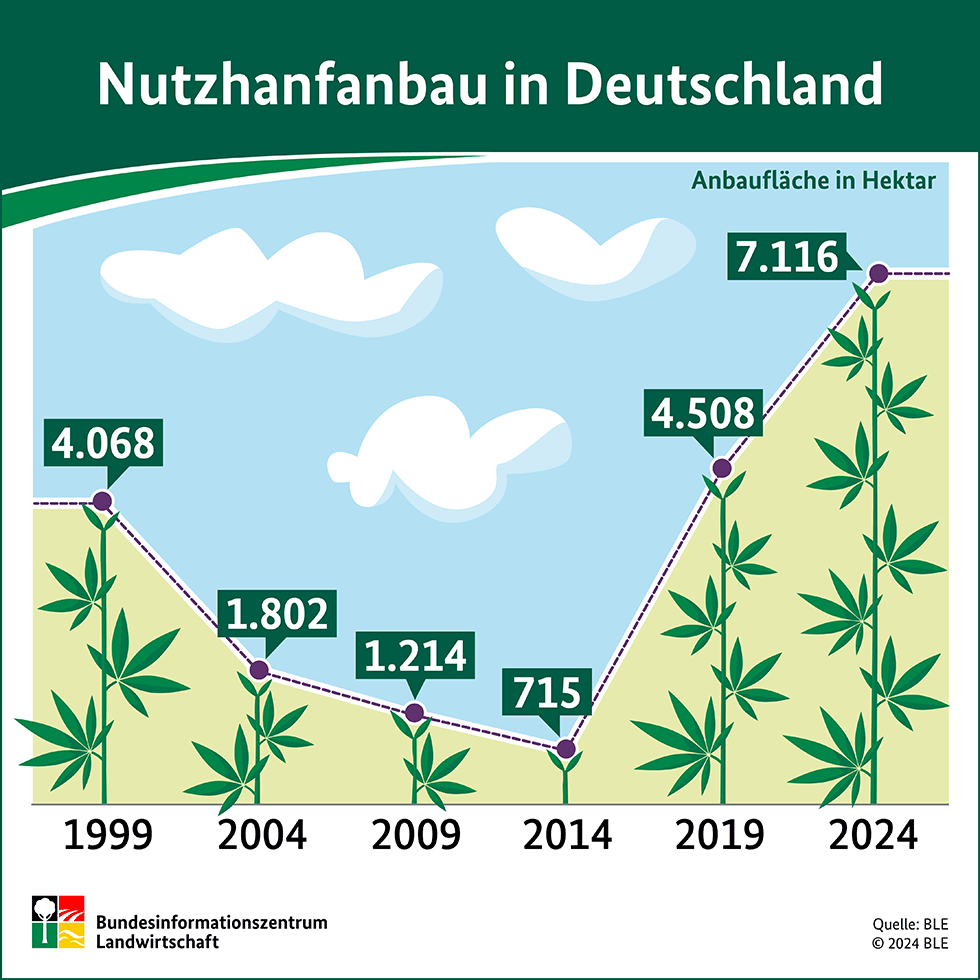Hemp paper: A sustainable opportunity for the paper industry?
Paper is an elementary component of our daily lives, but its production has a huge impact on the environment and in view of the ecological and economic challenges, the paper industry is urgently looking for practicable alternatives. But what does hemp have to do with it? Let's find out!

Paper is a fundamental part of our daily lives, yet its production places an immense burden on the environment. In 2021, every German citizen consumed approximately 228 kg of paper annually. Packaging accounts for more than half of paper consumption. Furthermore there are graphic papers such as writing paper or newsprint as well as hygiene papers such as toilet paper or wet wipes.

Over the past decades, the increasing demand for paper has led to extensive deforestation, particularly affecting the tropical and boreal forests. Trees simply cannot grow fast enough to satisfy the soaring demand for cellulose. Consequently, cellulose prices have surged dramatically, increasing by 80% since 1999 alone.

Facing this environmental and economic challenge, the paper industry is urgently seeking viable alternatives. Interestingly, one of humanity's oldest paper sources—hemp—is regaining attention as a highly promising solution.
Historically, hemp played a crucial role in paper production. Originating from ancient China around 140 BCE, hemp paper became increasingly widespread, reaching Europe via the Middle East by the 13th century. By the 14th century, it was already a common material in Germany, cheaper and more readily available than wood-based paper. However, hemp’s dominance ended abruptly in the mid-20th century, primarily due to the advent of industrial wood pulp technology, making wood paper significantly cheaper.

Today, hemp paper constitutes a minimal fraction—less than 0.5%—of global paper production. Nevertheless, its unique properties and environmental benefits cannot be denied. Hemp fibres are four to five times longer than those derived from wood, significantly enhancing their tensile and tear strength.
This durability makes hemp particularly suitable for specialised applications such as banknotes, cigarette paper, fine art paper, and technical filter papers. Moreover, the low lignin content (approximately 3% compared to wood's 25%) makes the production of hemp paper far less dependent on harsh chemicals. This drastically reduces toxic emissions like sulphur dioxide and hydrogen sulphide, commonly associated with wood pulp processing.

Another advantage lies in hemp’s impressive ecological footprint. Unlike wood pulp production, which requires decades-old forests to be felled, industrial hemp grows quickly and robustly, even on poor-quality soils. Its cultivation requires minimal water and no pesticides, making it an environmentally sustainable crop. Moreover, hemp farming actively enriches the soil, sequesters significant amounts of CO₂, and promotes biodiversity by providing habitats for beneficial insects such as bees.
However, the current production cost of hemp paper is still approximately three times higher than wood-based alternatives. This price disparity largely results from a lack of infrastructure and experience in mass-scale hemp paper production. Nevertheless, as consumer awareness and demand for environmentally friendly products continue to grow, economies of scale and technological advancements could narrow this price gap.

Indeed, the potential for expanding hemp cultivation is substantial. In Germany alone, industrial hemp occupied a record-breaking 5,362 hectares in 2021. Considering that the nation’s annual paper demand amounts to nearly 20 million tonnes, significant portions could be sustainably covered by cultivating hemp on currently unused or fallow lands.
The fact that start-ups such as the ‘Hemp Paper Print Shop’ (Hanfpapier-Druckerei) in Germany are already demonstrating the practicality of hemp paper is encouraging. They offer robust, recyclable products ranging from packaging material to printing paper, and in so doing are smoothing the way for broader adoption.

In conclusion, while hemp paper presently occupies only a niche within the industry, its environmental, economic, and practical advantages point towards a significant resurgence. As the global demand for sustainable alternatives escalates, hemp may once again become a central resource in the paper market, echoing its historical prominence.

